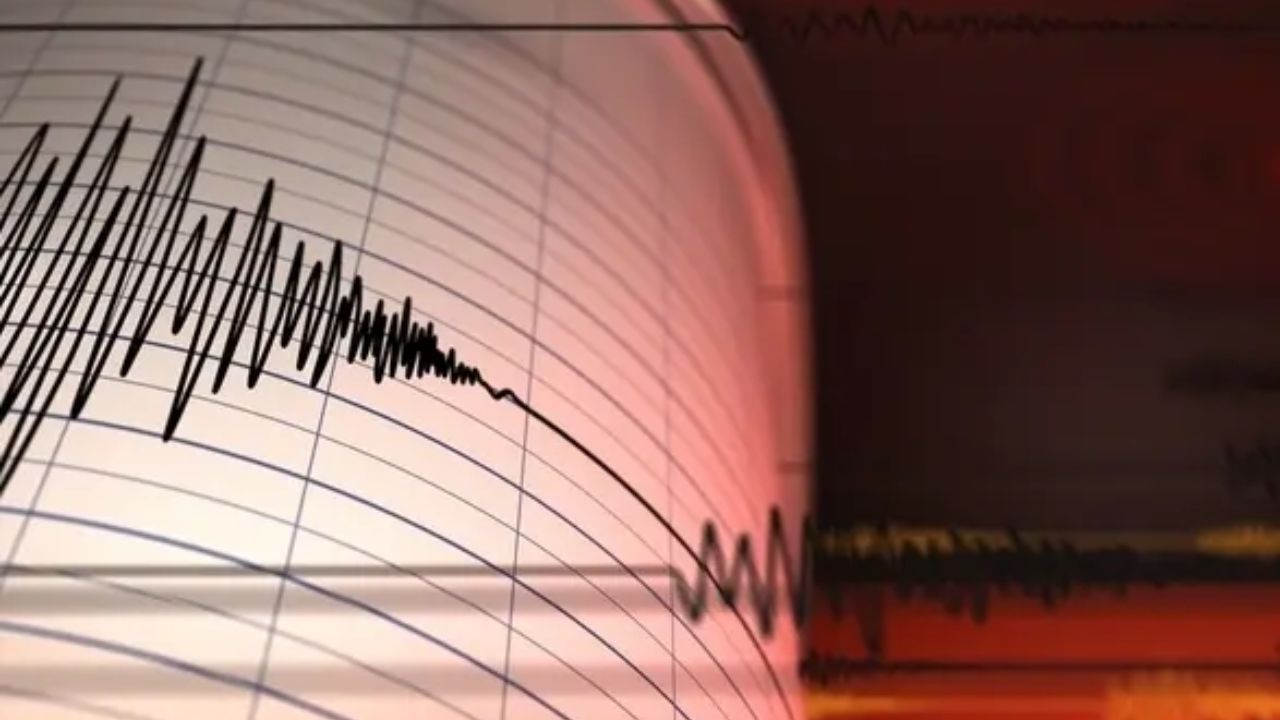On Friday, September 28, 1998, Pennsylvania experienced the largest earthquake in its history, with a magnitude of 5.2 on the Richter scale. The epicenter was located near Pymatuning Lake in Crawford County, in the northwest part of the state. The quake caused minor structural damage, disrupted water wells, and injured one person. It also triggered a series of aftershocks that lasted for several months. The quake was felt as far away as New York, Ohio, Michigan, and Canada.
What Caused The Quake?
Pennsylvania is not known for its seismic activity, but it is not immune to earthquakes either. The state lies within the Appalachian Plateau, a region that was formed by ancient collisions of tectonic plates. These collisions created faults and fractures in the earth’s crust, which can occasionally slip and release energy in the form of earthquakes. The Pymatuning quake occurred along one of these faults, known as the Lake Erie-Lake Ontario fault system.
The exact mechanism of the quake is still unclear, but some experts suggest that it may have been influenced by human activities, such as mining, fracking, or water injection. These activities can change the stress and pressure in the subsurface, and potentially trigger or enhance seismic events. However, there is no definitive evidence to support this hypothesis, and more research is needed to understand the role of human-induced seismicity in Pennsylvania.
What Were The Impacts Of The Quake?
The Pymatuning quake was the most powerful and widely felt earthquake in Pennsylvania’s history, but it did not cause major damage or casualties. The quake was relatively shallow, at a depth of about 3 miles, which reduced its destructive potential. The most common effects were cracked walls, broken windows, fallen chimneys, and toppled furniture. Some buildings, such as schools, churches, and hospitals, were evacuated as a precaution. The quake also affected the water supply in the area, as many wells became cloudy, muddy, or dry. Some residents reported changes in the taste, smell, or color of their water.
The quake also had psychological and social impacts, as it created fear, anxiety, and curiosity among the public. Many people were shocked and surprised by the event, as they did not expect such a strong quake in Pennsylvania. Some people thought it was a bomb, a plane crash, or a thunderstorm.
Others were fascinated and intrigued by the phenomenon, and wanted to learn more about it. The quake also generated a lot of media attention, both locally and nationally, and sparked discussions about earthquake preparedness and safety.
What Did We Learn From The Quake?
The Pymatuning quake was a rare and remarkable event that taught us several lessons about the seismicity of Pennsylvania. It showed us that the state is not seismically inactive, but rather has a low to moderate level of earthquake hazard. It also showed us that the state has a complex and poorly understood fault system, that may be influenced by natural or human factors.
It also showed us that the state is not well prepared for earthquakes, as most buildings and infrastructure are not designed to withstand strong shaking. It also showed us that the public is not well informed or educated about earthquakes, and needs more awareness and guidance on how to respond and cope with them.
The Pymatuning quake was a wake-up call for Pennsylvania, and a reminder that earthquakes can happen anywhere, anytime, and without warning. It also provided an opportunity for scientists, engineers, policymakers, and citizens to work together to improve the state’s earthquake resilience and readiness. By studying the quake and its impacts, we can better understand the seismic risk and vulnerability of the state, and take measures to reduce them.
By educating the public and providing resources and information, we can increase the earthquake awareness and preparedness of the state, and enhance its earthquake safety and security. By doing so, we can ensure that Pennsylvania is ready for the next big quake, whenever and wherever it may strike.

